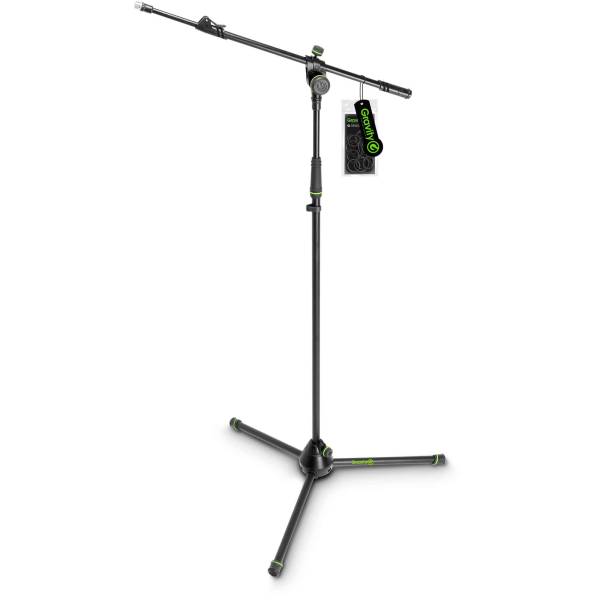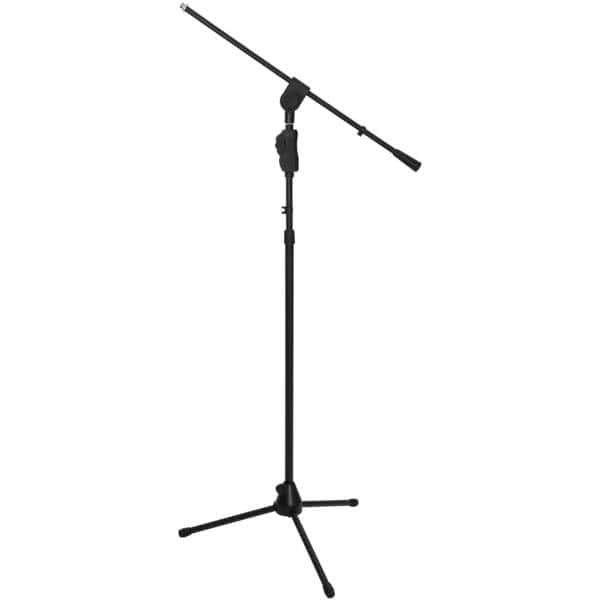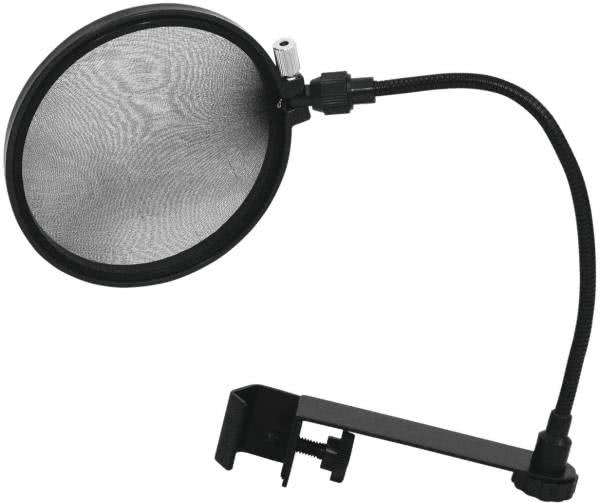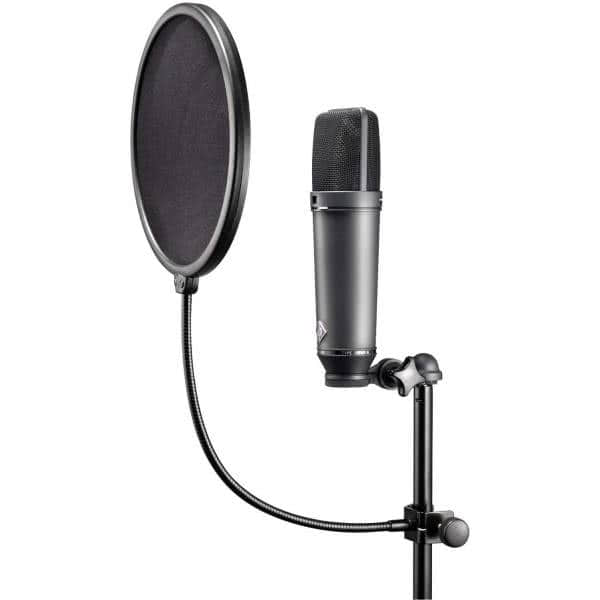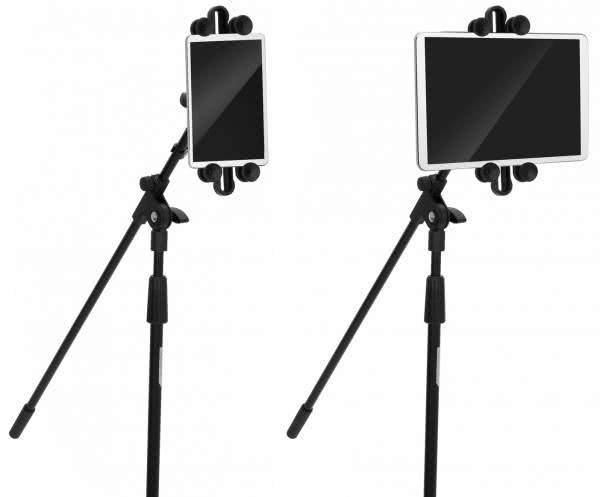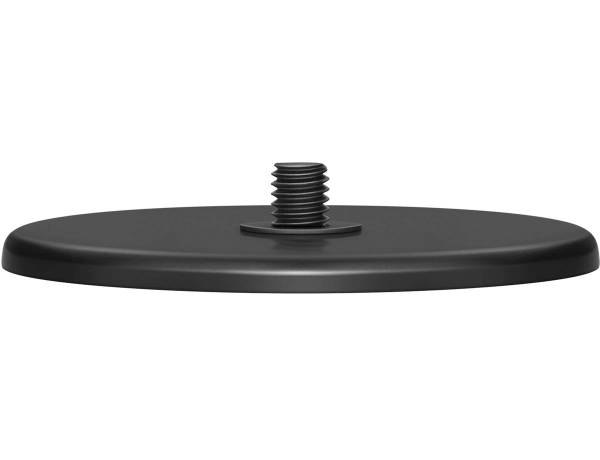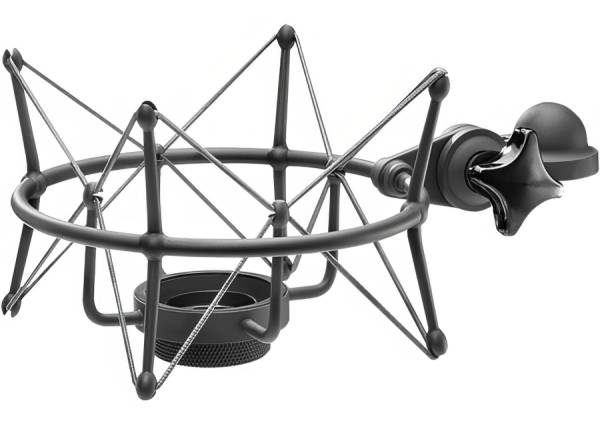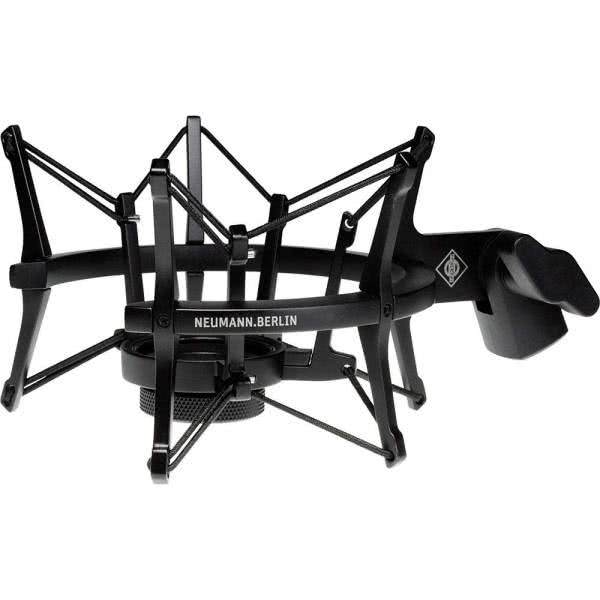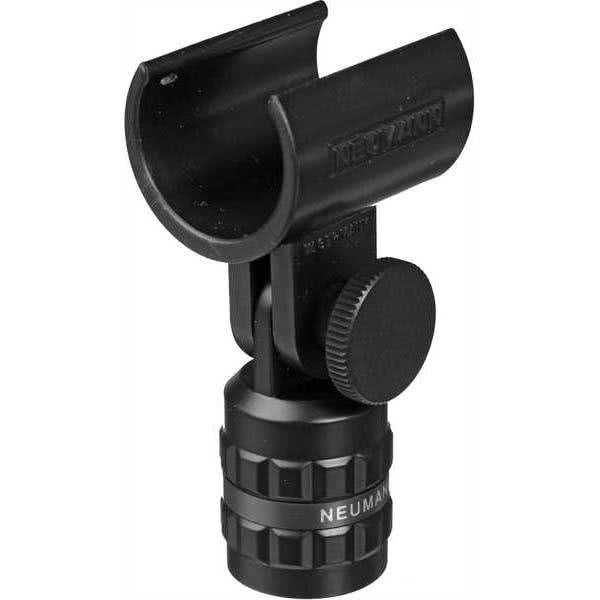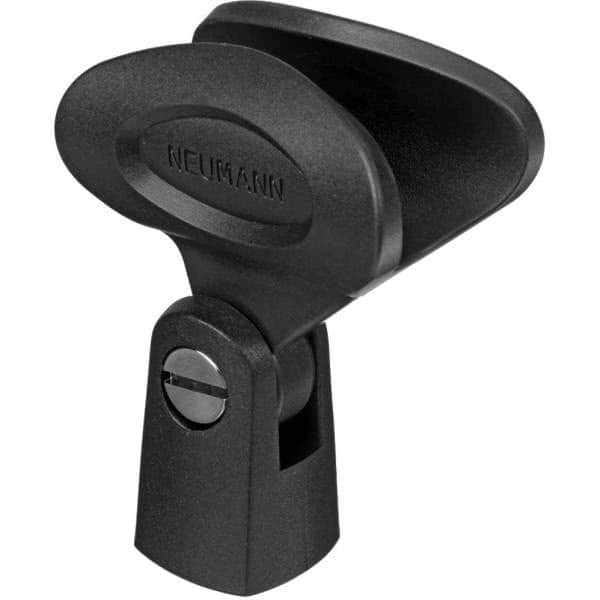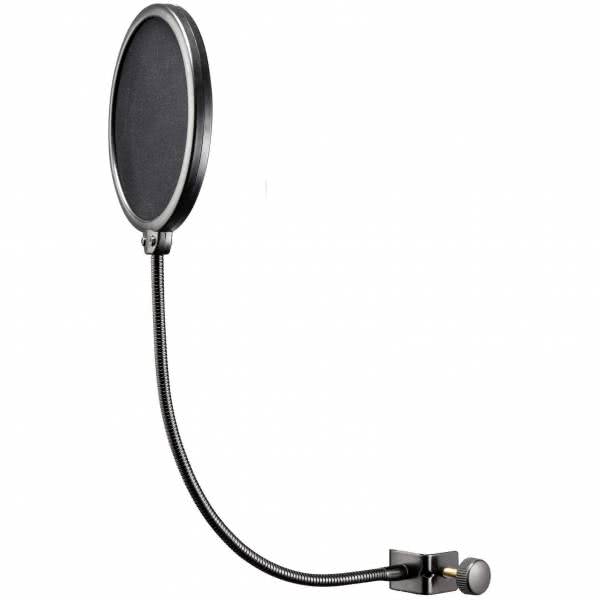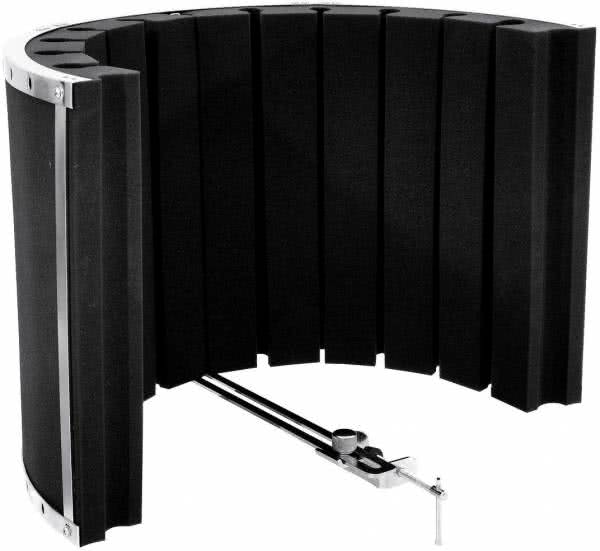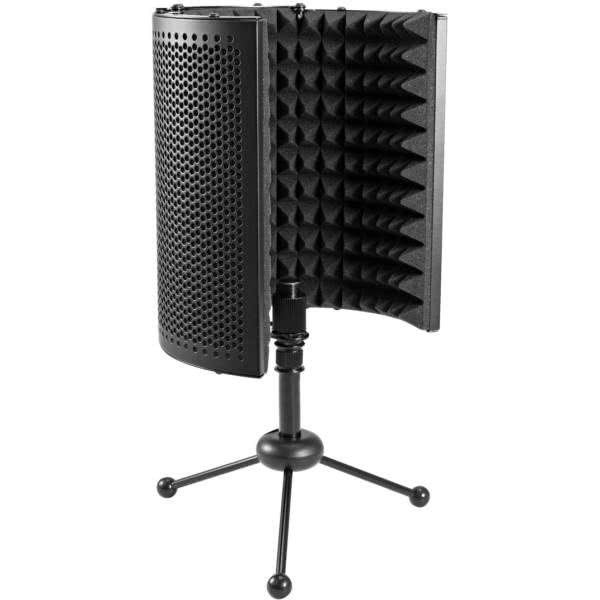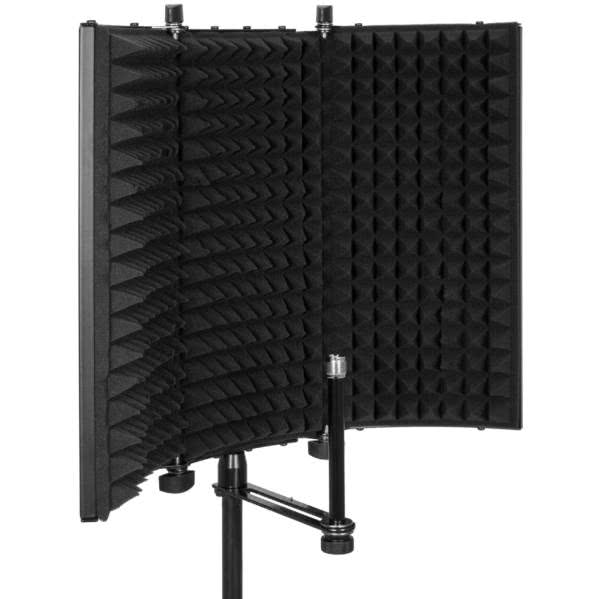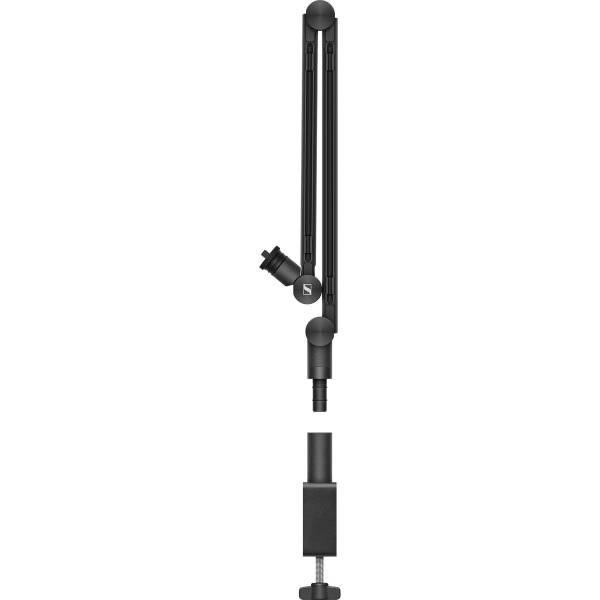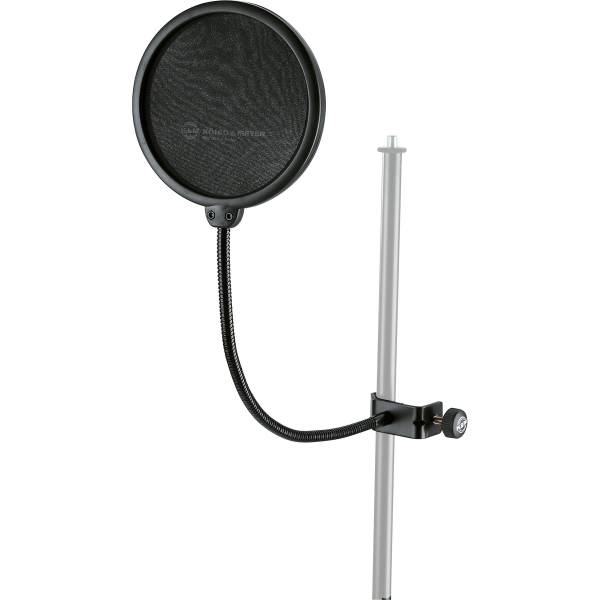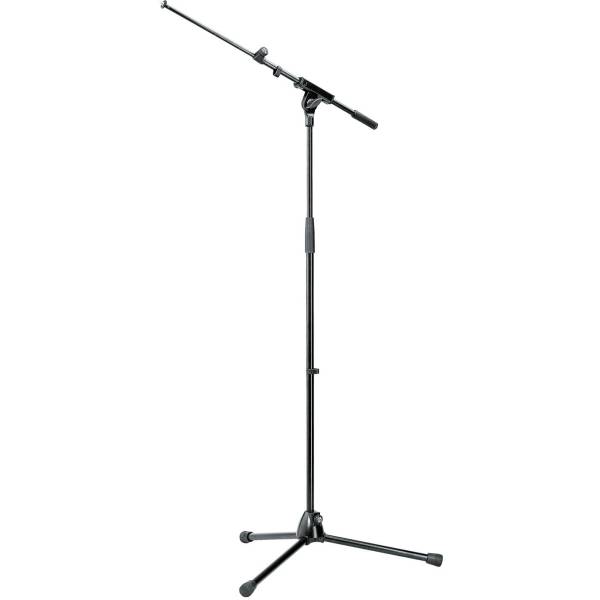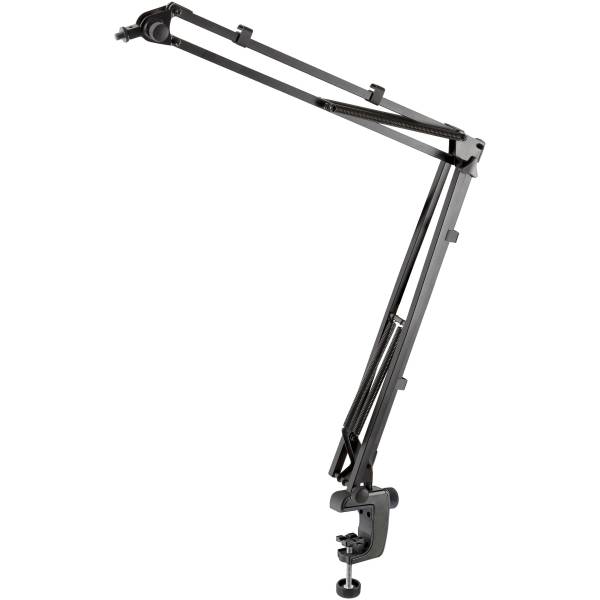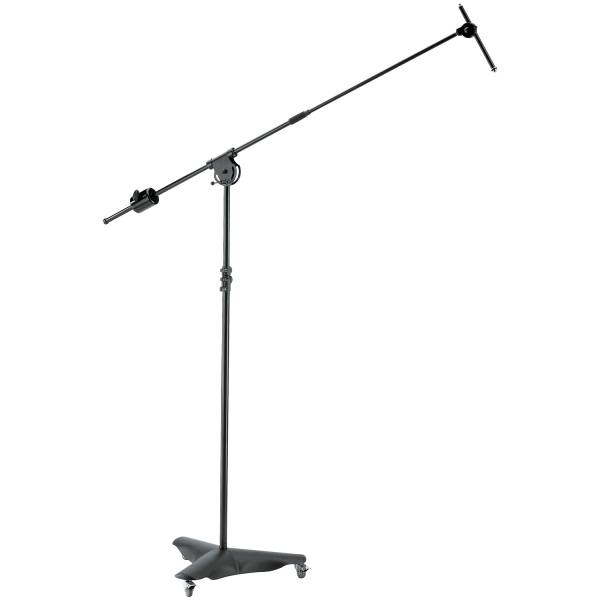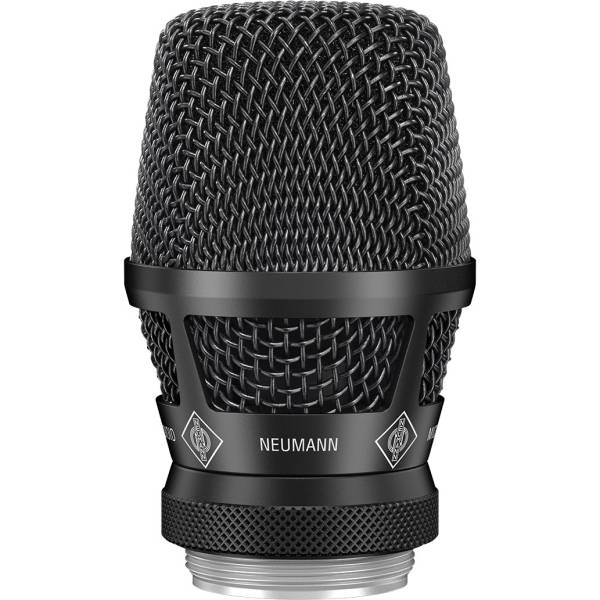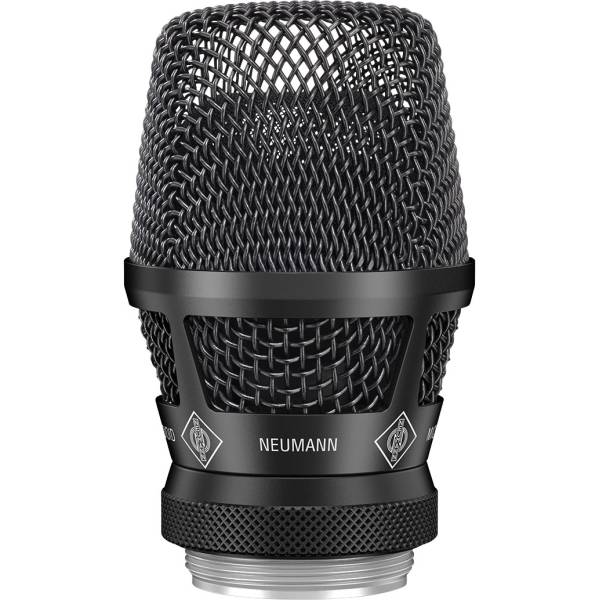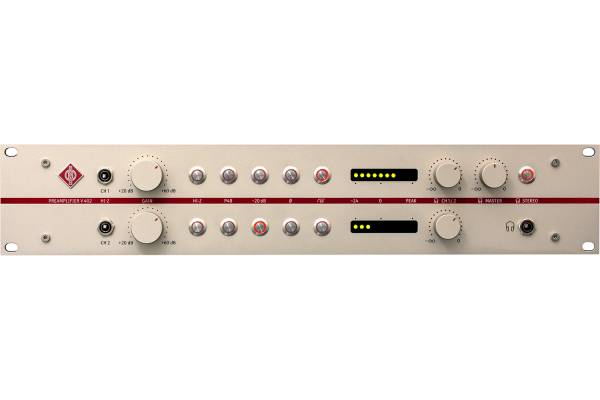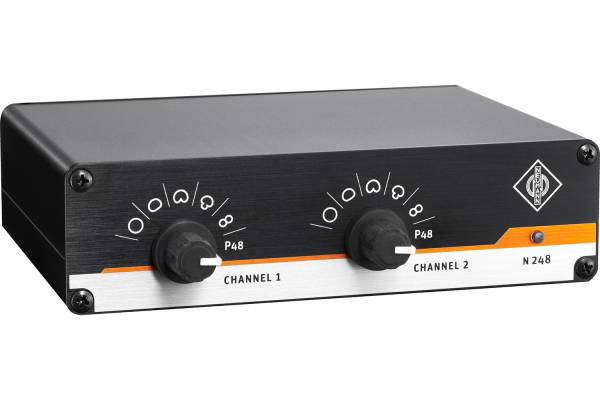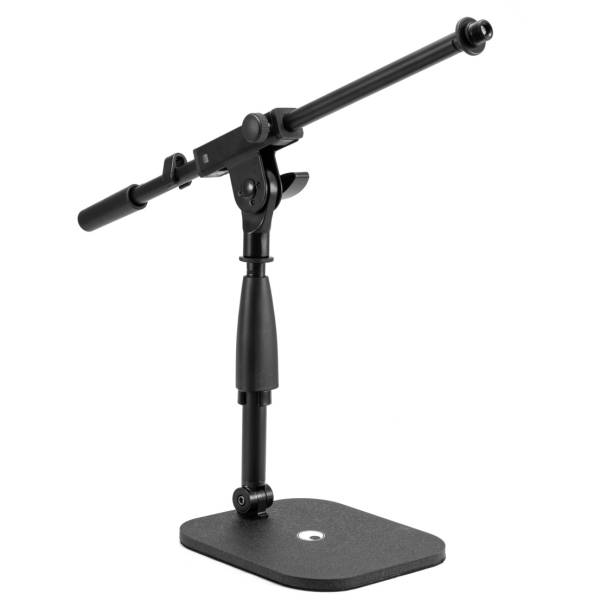Ein Mikrofonstativ dient dazu, das Mikrofon in der gewünschten Position zu halten und zu stabilisieren. Es gibt verschiedene Gründe, warum man ein Mikrofonstativ verwenden könnte:
- Um das Mikrofon in einer bestimmten Höhe zu positionieren: Wenn du zum Beispiel ein Podcast aufnimmst, kannst du das Stativ verwenden, um das Mikrofon auf Kopfhöhe zu platzieren.
- Um das Mikrofon zu stabilisieren: Wenn du das Mikrofon in der Hand hältst, kann es schwierig sein, es ruhig zu halten. Ein Stativ hilft, das Mikrofon stabil zu halten und Unruhe oder Vibrationen zu minimieren.
- Um das Mikrofon in der gewünschten Richtung auszurichten: Ein Stativ ermöglicht es dir, das Mikrofon in der gewünschten Richtung auszurichten, um den Klang von bestimmten Quellen aufzunehmen.
- Um das Mikrofon zu schützen: Wenn du das Mikrofon in der Hand hältst, kann es leicht beschädigt werden. Ein Stativ bietet zusätzlichen Schutz für das Mikrofon.
Insgesamt hilft ein Mikrofonstativ dabei, die Aufnahmequalität zu verbessern und das Mikrofon sicher und stabil zu halten.
Wie wird ein Mikrofon am Stativ befestigt?
Die Befestigung eines Mikrofons am Stativ hängt in der Regel von der Art des Mikrofons und des Stativs ab.
In der Regel gibt es jedoch einige allgemeine Schritte, die befolgt werden können:
-
Zuerst musst du sicherstellen, dass das Stativ sicher und stabil aufgestellt ist und nicht umkippen kann.
-
Das Mikrofon wird in der Regel über einen Gewindeanschluss am Stativ befestigt. Du musst also das Mikrofon in die Halterung einsetzen und es mit einer Schraube oder einem Schraubverschluss sichern.
-
Es ist wichtig, dass das Mikrofon sicher befestigt ist und nicht wackelt oder sich bewegt. Wenn du das Stativ verstellen möchtest, stelle sicher, dass das Mikrofon sicher in der Halterung sitzt, bevor du das Stativ bewegst.
-
Wenn du das Stativ verstellen möchtest, um das Mikrofon in der gewünschten Höhe oder Richtung auszurichten, musst du die Verstellmechanismen des Stativs verwenden. In der Regel gibt es Hebel oder Schrauben, mit denen du das Stativ einstellen kannst.
-
Wenn du das Mikrofon am Stativ befestigt hast und es in der gewünschten Position platziert hast, solltest du es noch einmal auf Stabilität und Sicherheit überprüfen.
Es ist wichtig, dass das Mikrofon sicher am Stativ befestigt ist, damit es während der Aufnahme nicht verrutschen oder sich bewegen kann. Eine sichere Befestigung trägt auch dazu bei, dass das Mikrofon sicher vor Schäden geschützt ist.
Was ist ein Mikrofon Ploppschutz?
Ein Mikrofon Ploppschutz, auch als Popfilter oder Plosivschutz bezeichnet, ist ein kleiner "Ring", der an das Mikrofon bzw. an das Stativ angebracht wird und dazu dient, die sogenannten Plosive zu reduzieren. Plosive sind lautstarke Konsonanten wie "p", "t" oder "b", die beim Sprechen oder Singen entstehen und die Klangqualität einer Aufnahme negativ beeinflussen können. Sie können zu einem "Knall" oder "Plopp" im Klangbild führen, was besonders bei Gesang oder Sprechaufnahmen störend sein kann.
Ein Popfilter funktioniert, indem er eine Barriere zwischen dem Sprecher oder Sänger und dem Mikrofon bildet. Die Barriere bremst die Luftströmung, die beim Sprechen oder Singen entsteht, und reduziert somit die Lautstärke der Plosive. Popfilter gibt es in verschiedenen Größen und Formen, aber sie alle dienen dem gleichen Zweck: die Klangqualität einer Aufnahme zu verbessern.
Es gibt auch andere Möglichkeiten, Plosive zu reduzieren, zum Beispiel durch das richtige Mikrofonwinkel oder durch das Sprechen in eine Ecke des Raums. Der Einsatz eines Popfilters ist jedoch eine einfache und effektive Möglichkeit, Plosive zu reduzieren und die Klangqualität einer Aufnahme zu verbessern.

